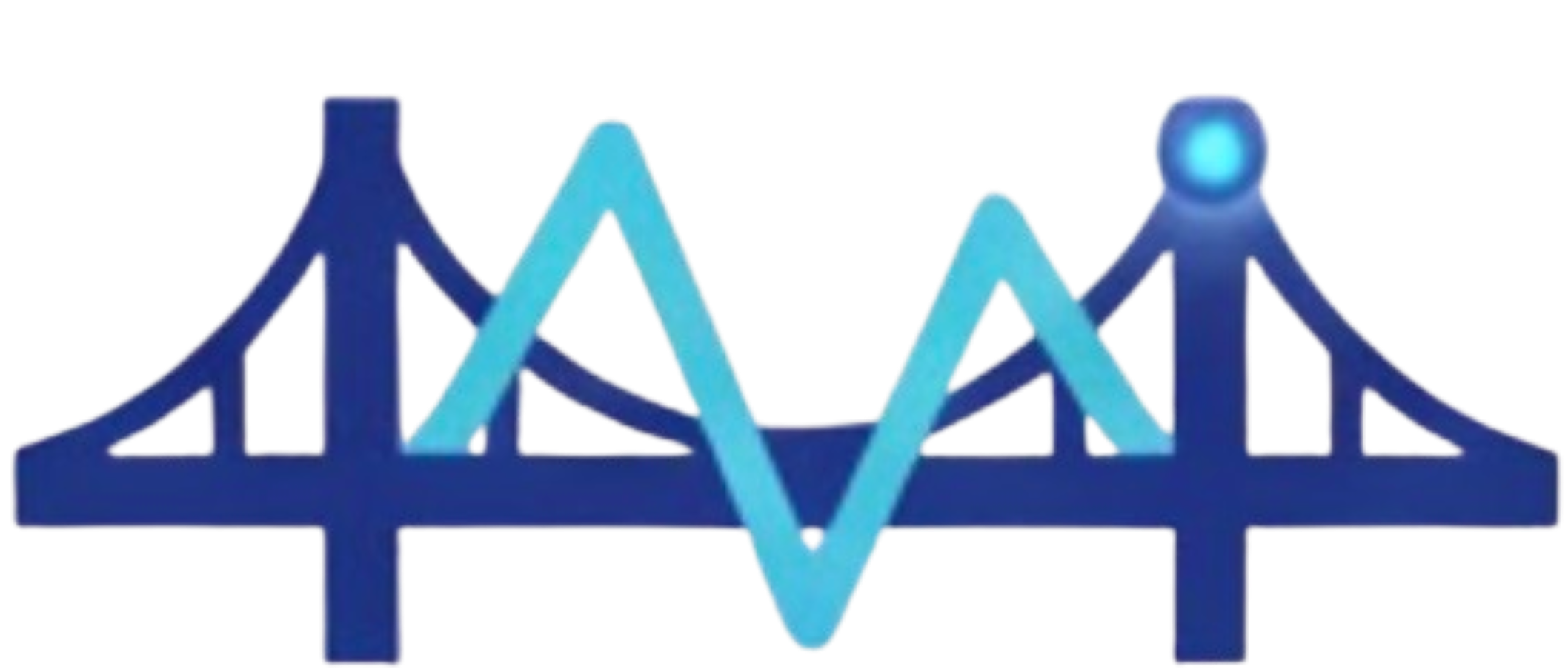
Seismic Aftershock Monitoring
Post-earthquake monitoring
- Post-earthquake monitoring of hospitals and emergency facilities
- Bridge assessment during aftershock sequences in seismic zones
- High-rise building safety monitoring in urban earthquake areas
Request a rapid assessment
Share project details and timelines. Our engineering leads respond within one business day with mobilization options and PE-reviewed scope.
Seismic aftershock monitoring provides critical structural assessment following major earthquakes, when secondary tremors can compromise already damaged infrastructure. These aftershocks often occur in sequences that can last weeks or months, with each event potentially exacerbating existing damage to buildings, bridges, and critical facilities. Our nationwide deployment covers earthquake-prone regions from California to Alaska, where seismic activity requires specialized monitoring protocols. We deploy wireless accelerometer networks that capture ground motion and structural response data in real-time, enabling rapid assessment of structural integrity changes. This service supports emergency response teams and infrastructure owners in determining safe re-occupancy and prioritizing repair work. Our systems integrate with existing building management systems and provide automated alerts when vibration thresholds indicate potential safety concerns. The data collected helps establish aftershock patterns and supports engineering decisions about temporary shoring or evacuation needs across affected regions.
What We Include
- Wireless accelerometer network deployment
- Real-time data transmission and cloud storage
- Automated threshold-based alerting system
- Ground motion and structural response analysis
- Cumulative damage assessment reports
- Integration with emergency management systems
- Remote monitoring dashboard access
- Engineering consultation for safety decisions
Common Situations We Handle
- Post-earthquake monitoring of hospitals and emergency facilities
- Bridge assessment during aftershock sequences in seismic zones
- High-rise building safety monitoring in urban earthquake areas
- Critical infrastructure protection during extended seismic events
- Temporary structure monitoring at disaster recovery sites
Frequently Asked Questions
How does seismic aftershock monitoring differ from initial earthquake assessment?
Aftershock monitoring focuses on ongoing structural changes over time, capturing cumulative damage from multiple seismic events that occur after the main earthquake nationwide.
What types of structures benefit most from aftershock monitoring?
Critical infrastructure like hospitals, bridges, and high-rise buildings in seismic zones require continuous monitoring to ensure safety during aftershock sequences nationwide.
How quickly can monitoring systems be deployed after an earthquake?
Our nationwide emergency mobilization allows deployment within hours of an event, with wireless sensors that can be installed without disrupting emergency operations.
What data do infrastructure owners receive from aftershock monitoring?
Real-time vibration data, damage accumulation trends, safety threshold alerts, and engineering reports that support re-occupancy decisions nationwide.
How do you ensure monitoring systems survive additional aftershocks?
We use ruggedized, wireless sensors designed for seismic environments that maintain operation through multiple aftershock events across earthquake-prone regions nationwide.
Example of Our Capabilities
Service Type
Seismic Aftershock Monitoring
Scope
Continuous monitoring of building structural response during aftershock sequences
Client Situation
Infrastructure owner needs to monitor hospital building safety during ongoing aftershocks
Our Approach
Deploy wireless accelerometers throughout structure, establish safety thresholds, provide real-time alerts
Expected Outcome
Continuous structural health dashboard and automated safety notifications nationwide
Contact us to discuss your seismic aftershock monitoring needs nationwide. We can share references upon request.
